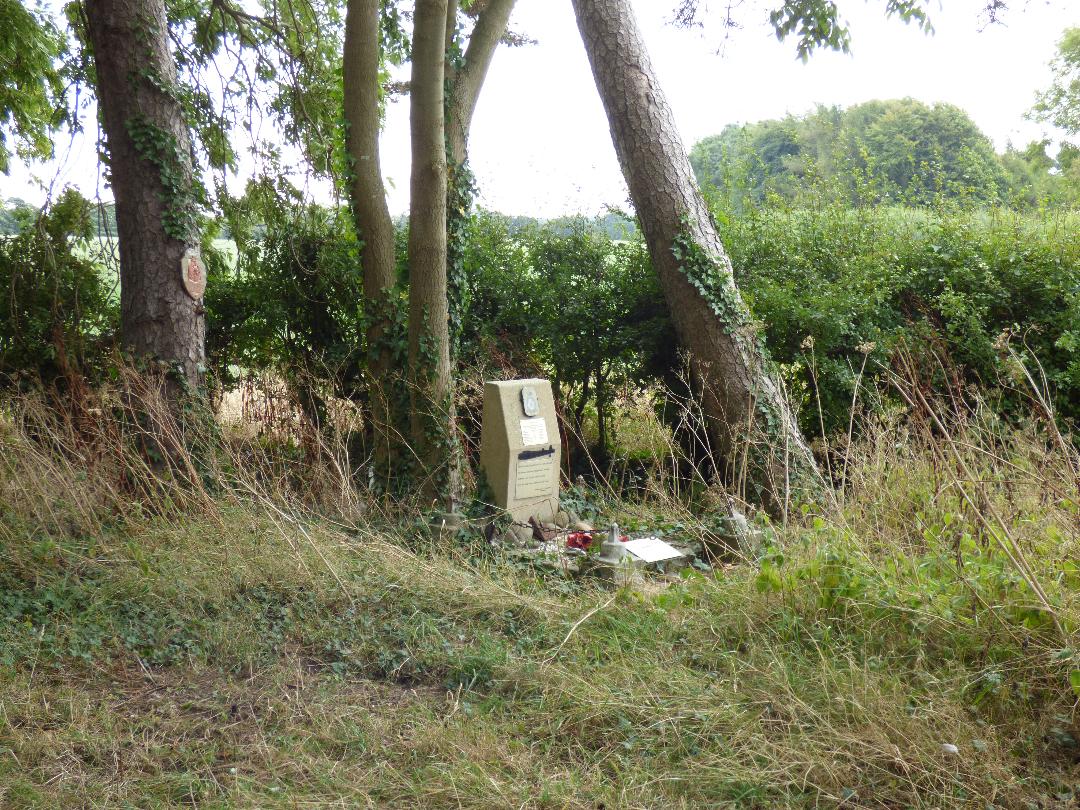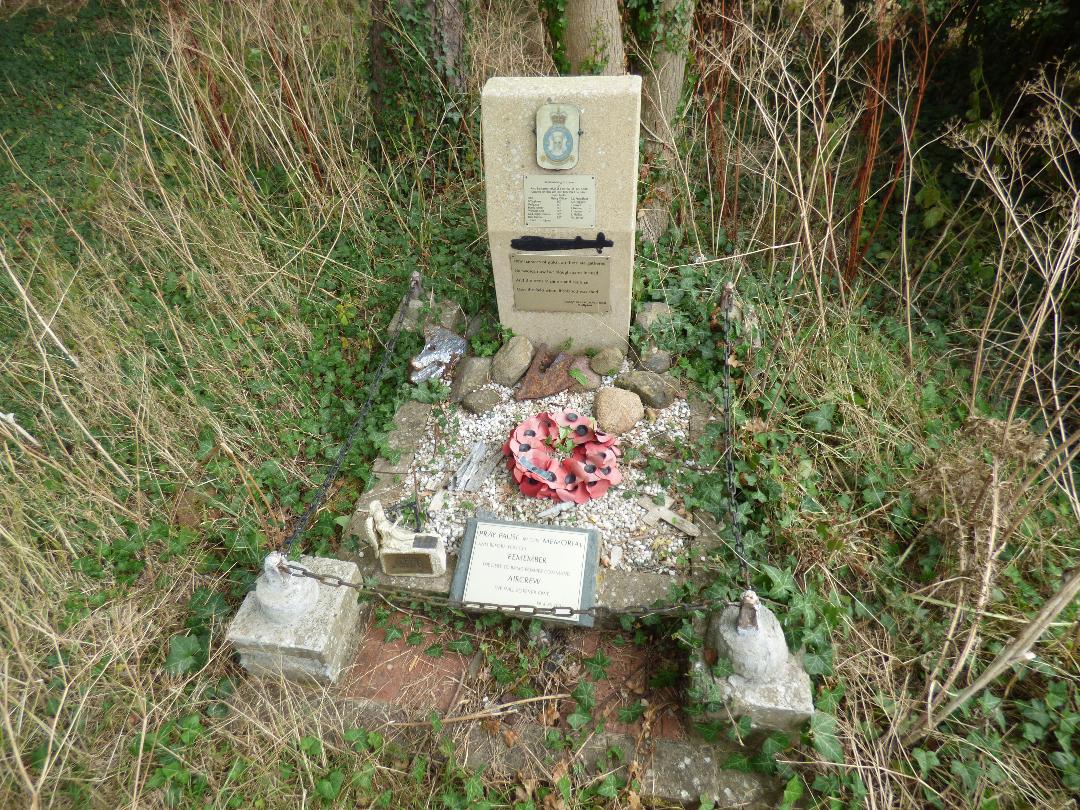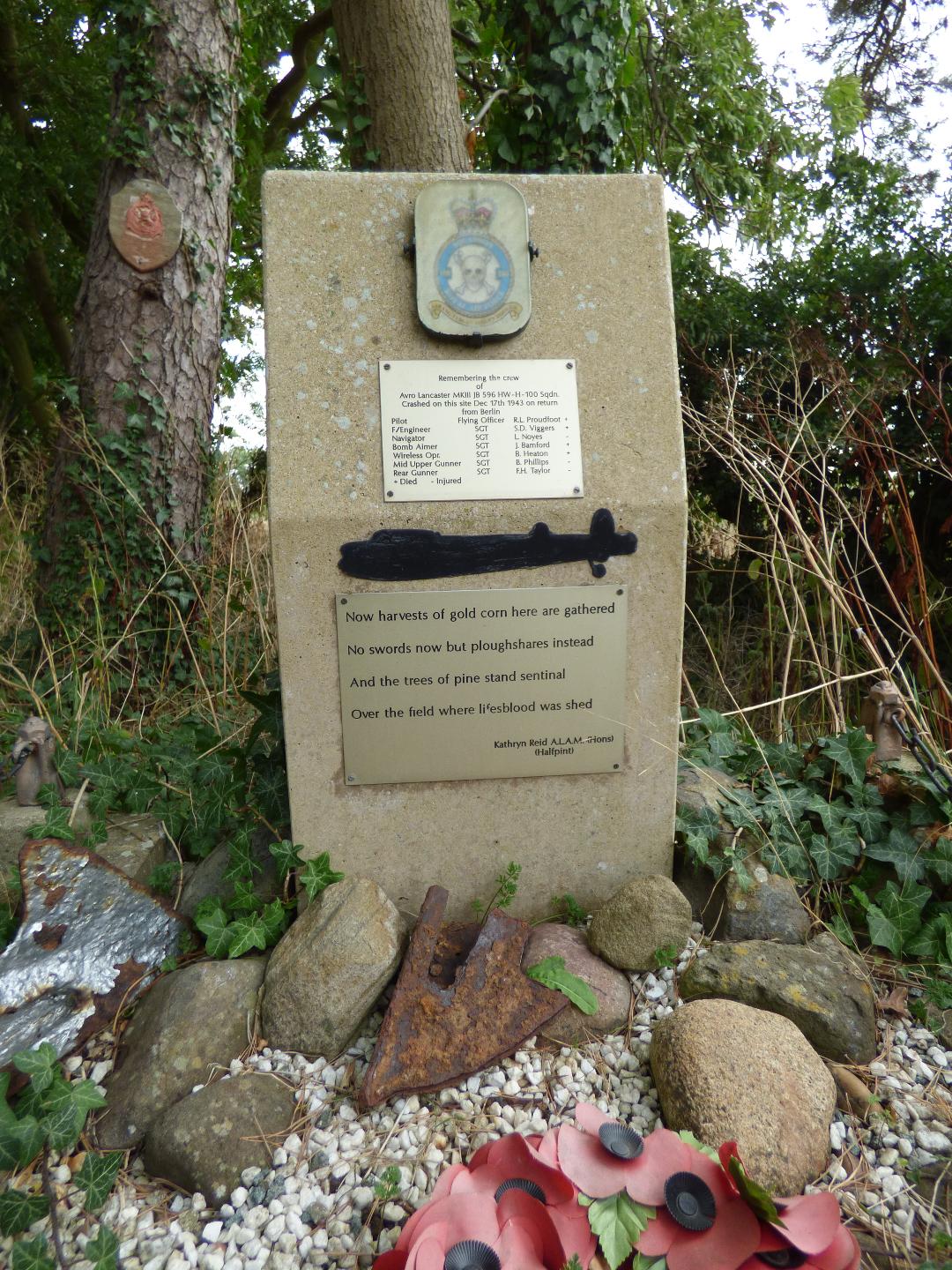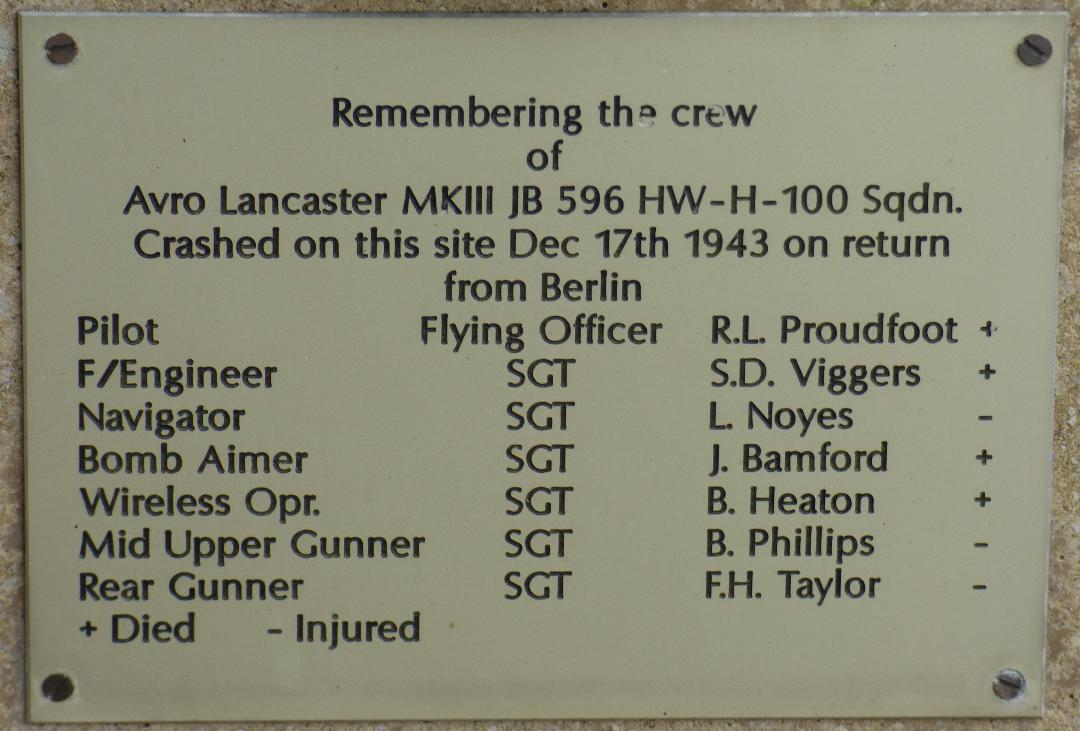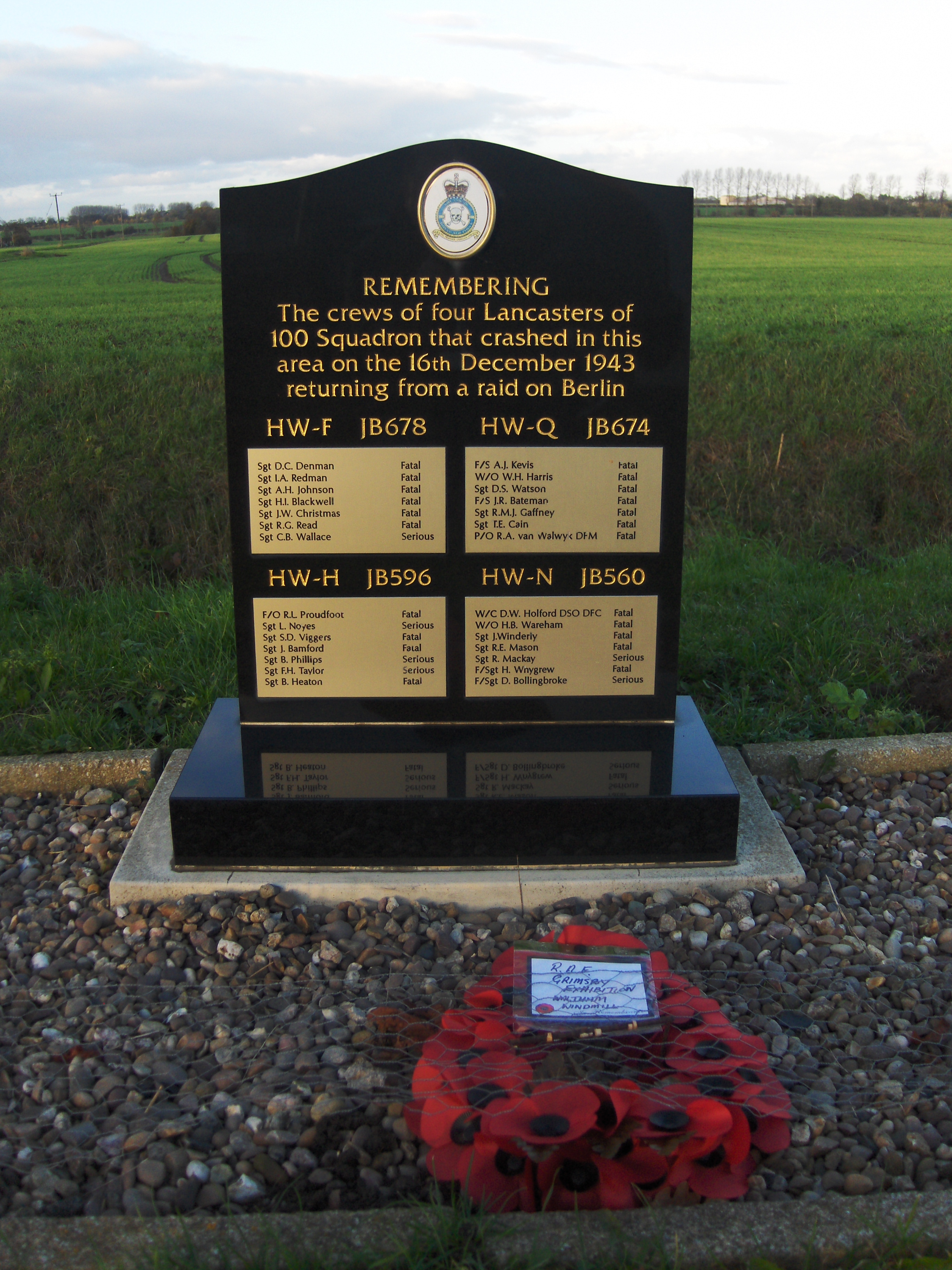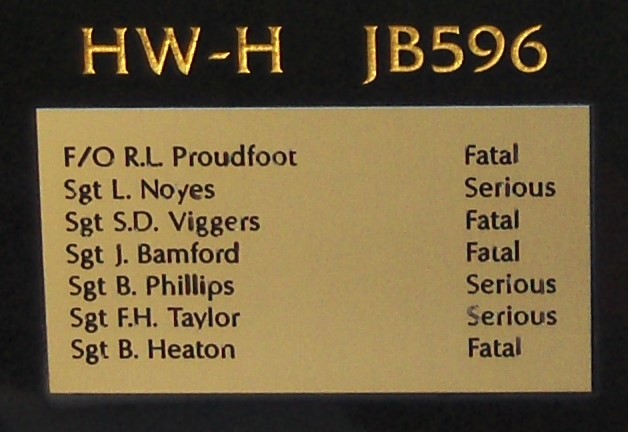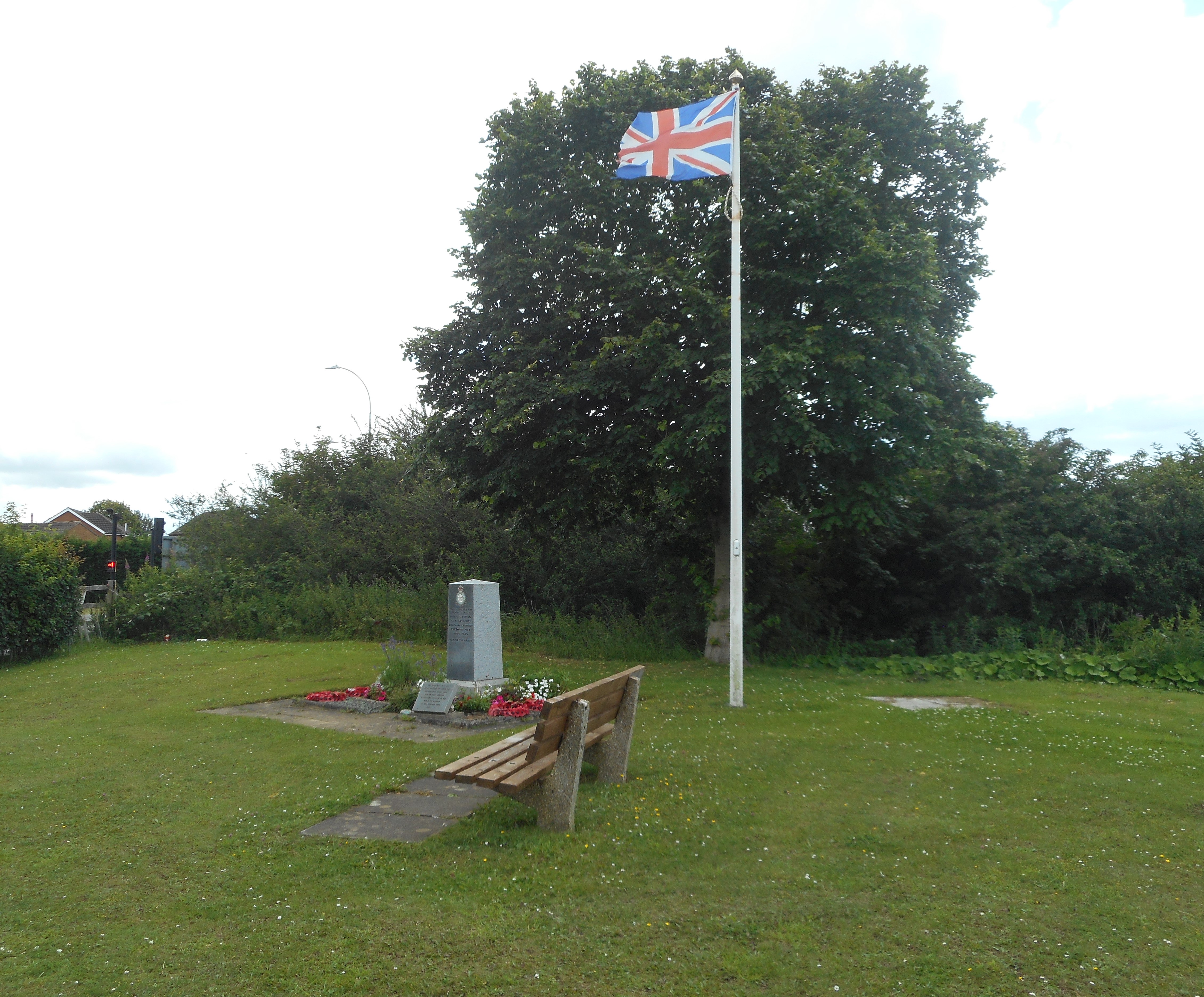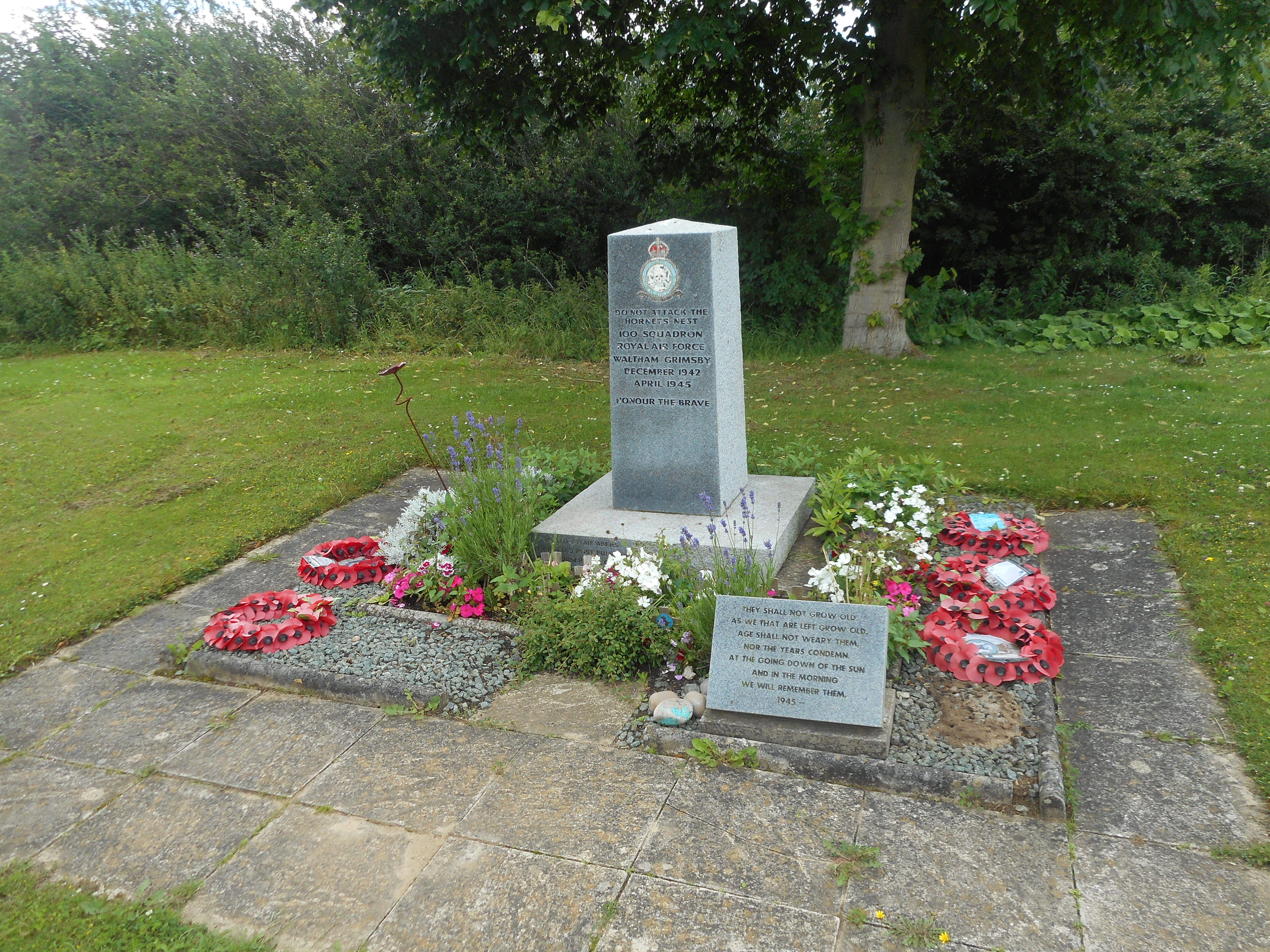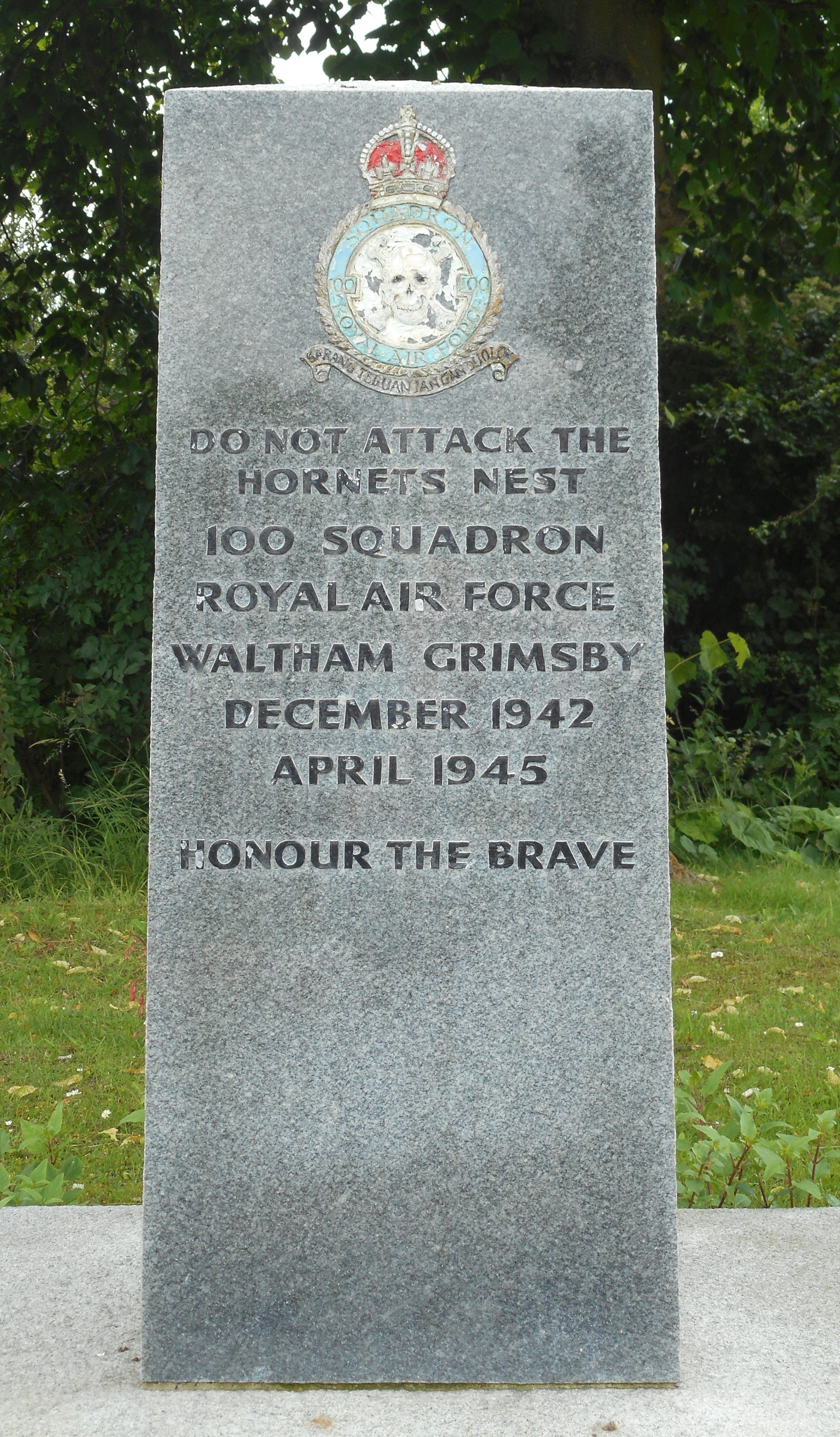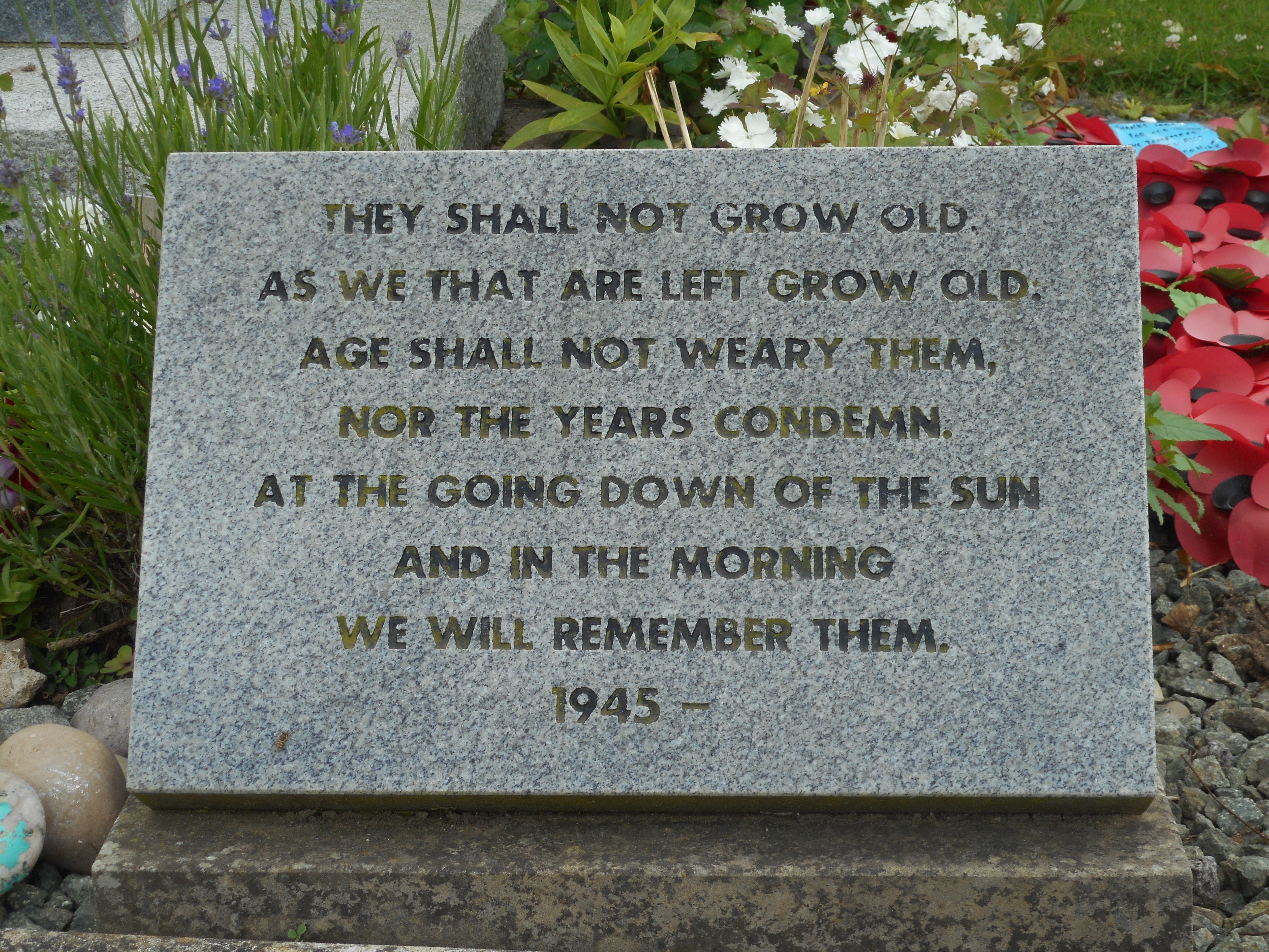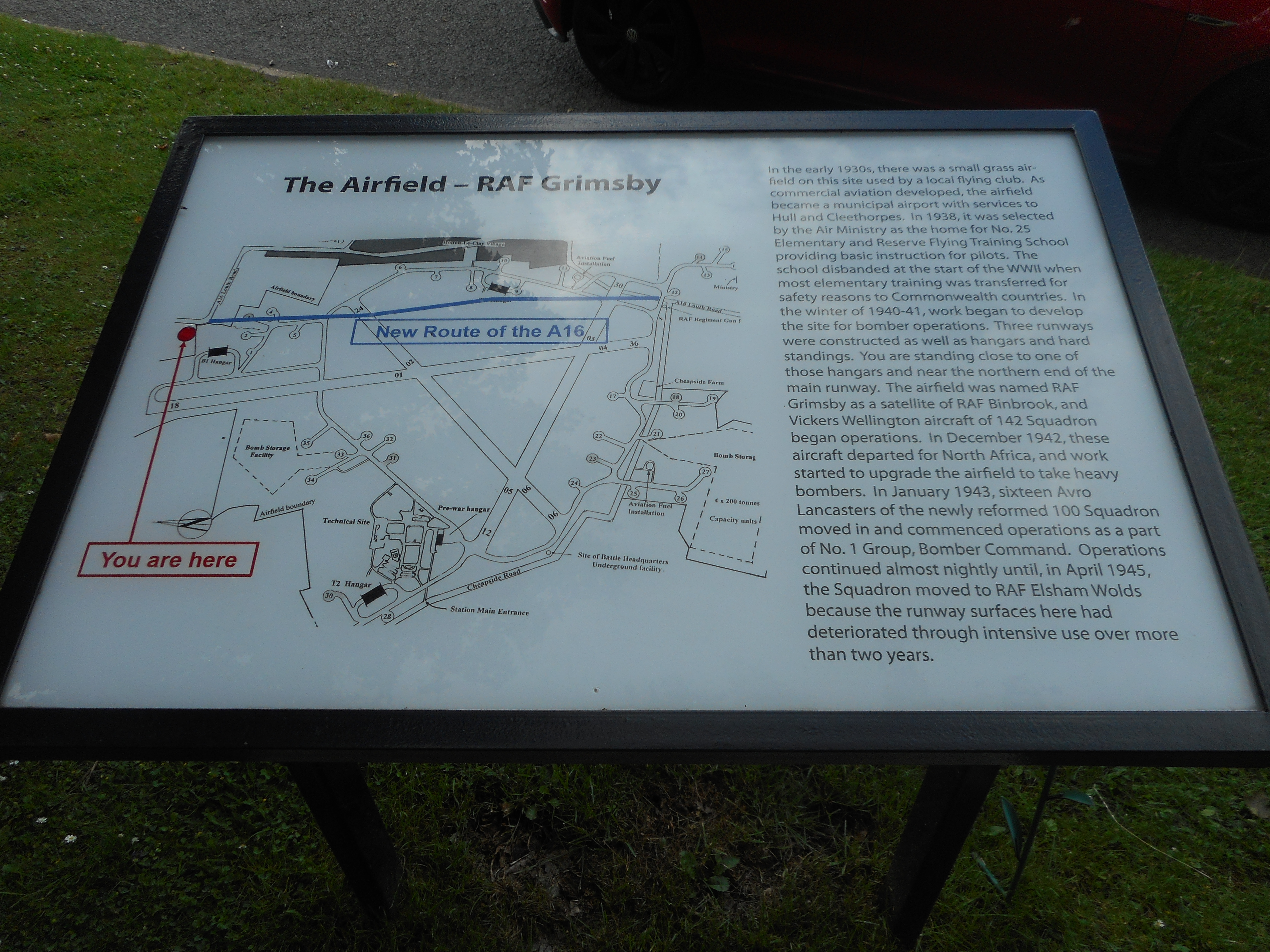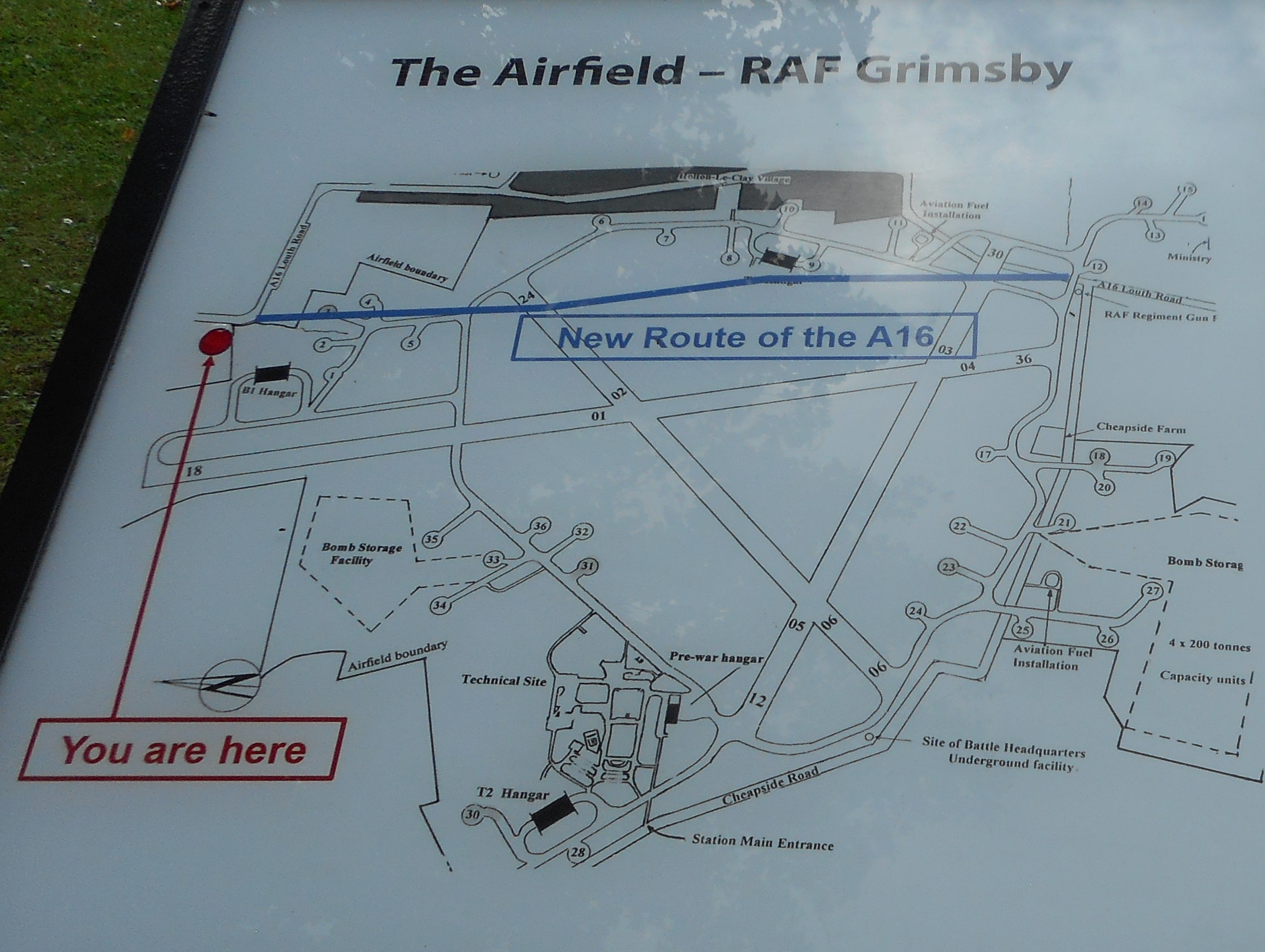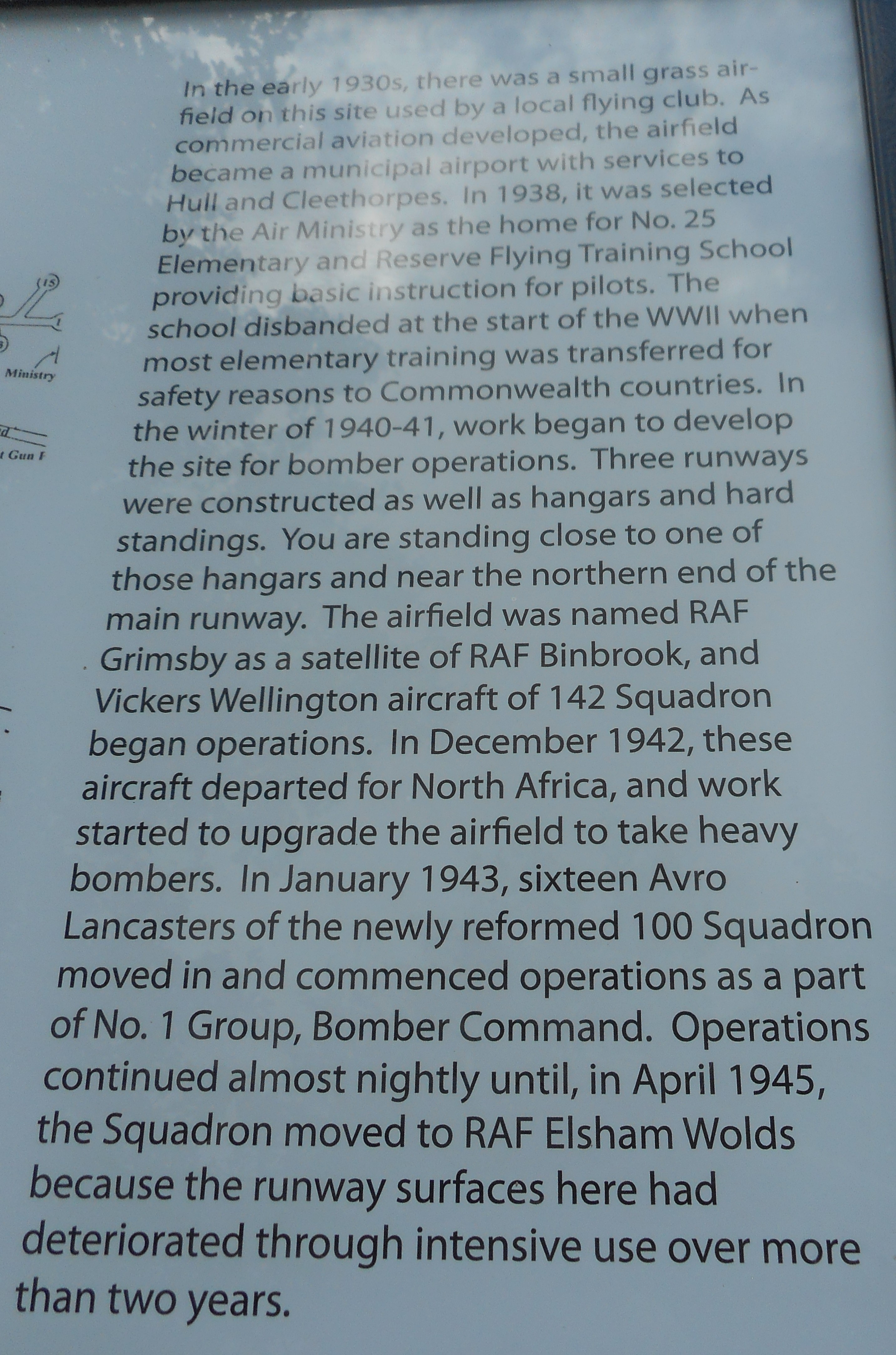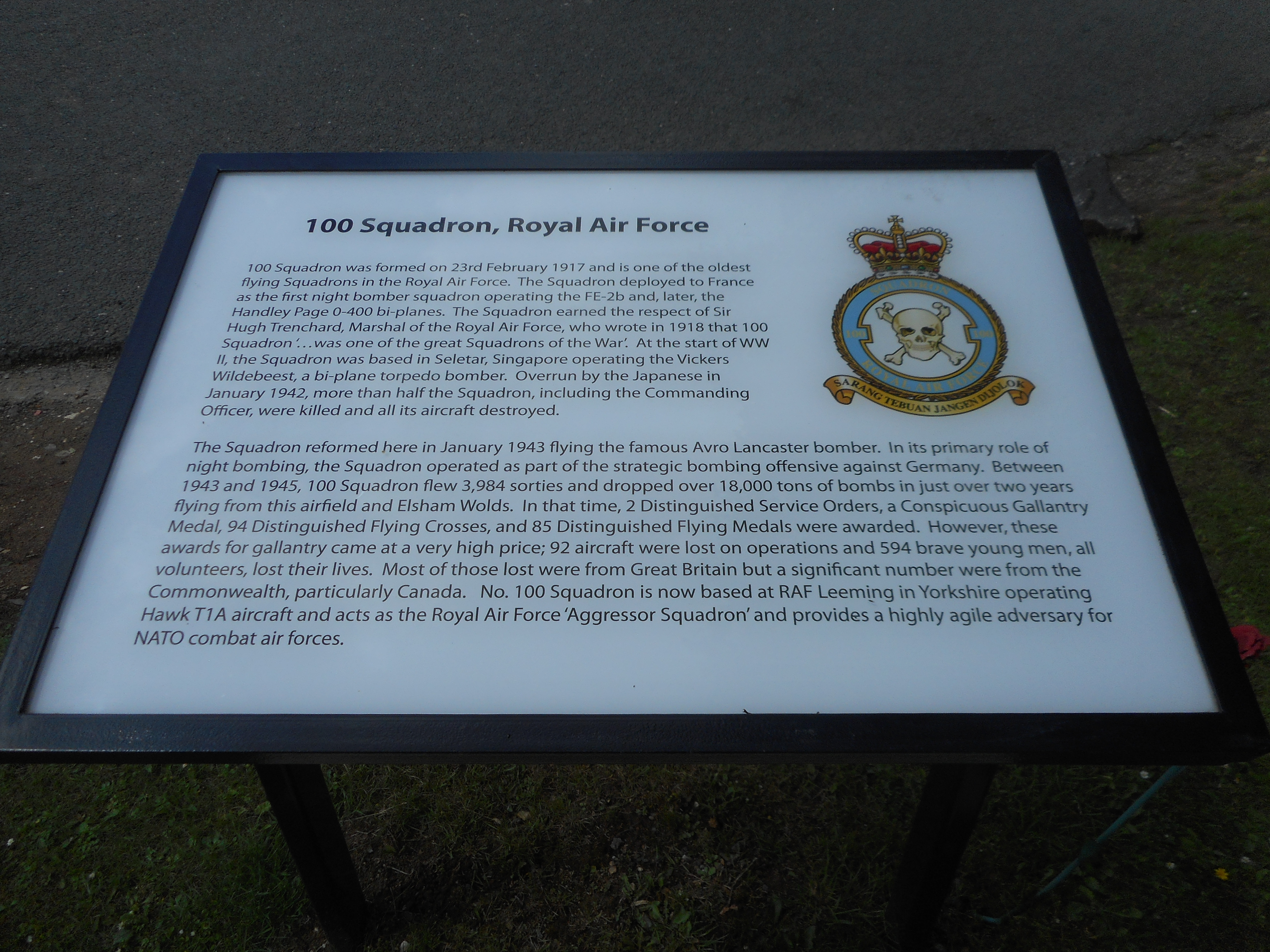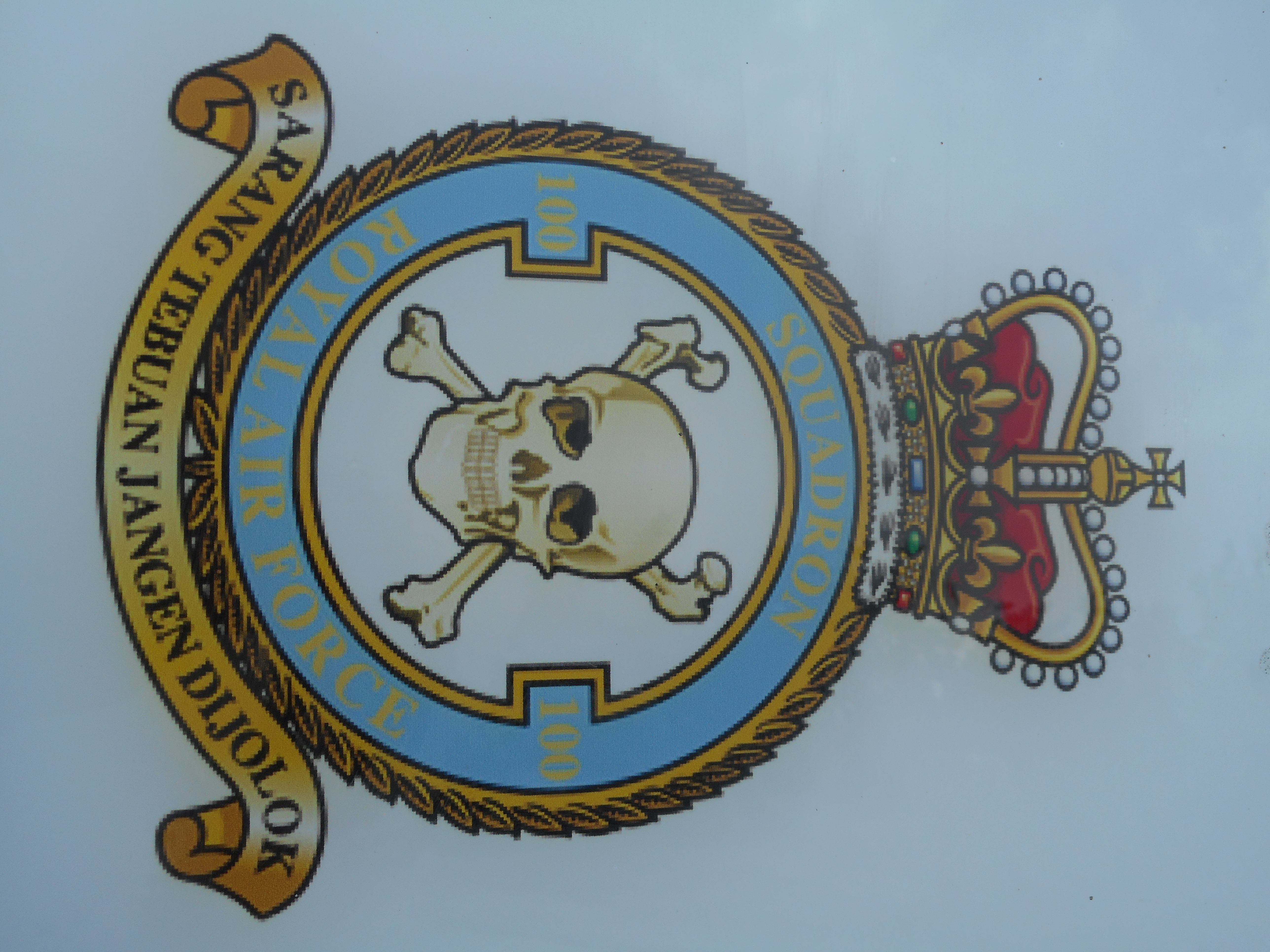Proudfoot, Robert Laval
Personal Information
| Rank | F/O |
| Forename(s) | Robert Laval |
| Surname | Proudfoot |
| Gender | M |
| Age | 24 |
| Date of Death | 16-12-1943 |
| Next of Kin | Son of Charles Laval Proudfoot and Margaret Rose Proudfoot Husband of Mary Willmott Proudfoot, of Brentwood. |
Aircraft Information
| Aircraft | Avro Lancaster III |
| Serial Number | JB596 |
| Markings | HW-H |
Memorial Information
| Burial/Memorial Country | United Kingdom |
| Burial/Memorial Place | Orsett (St. Giles and All Saints) Churchyard |
| Grave Reference | |
| Epitaph | DULCE ET DECORUM EST PRO PATRIA MORI (Latin - IT IS SWEET AND FITTING TO DIE FOR ONE'S COUNTRY. From poem - Dulce et Decorum Est - by Wilfred Owen, published 1920) |
IBCC Memorial Information
| Phase | 1 |
| Panel Number | 87 |
Enlistment Information
| Service Number | 133419 |
| Service | Royal Air Force Volunteer Reserve |
| Group | 1 |
| Squadron | 100 |
| Squadron Motto | Sarang tebuan jangan dijolok (Malay - Don't let anyone attack the hornet's nest) |
| Trade | Pilot |
| Country of Origin | United Kingdom |
Other Memorials
| Location | In Wooded Copse, Hatcliffe Top, Lincolnshire |
| Country | United Kingdom |
| Memorial Type | Inscribed Stone Pillar & Inscribed Metal Plaques |
| Memorial Text | Remembering the crew of Avro Lancaster Mk111 JB 596 HW-H-100 Sqdn. Crashed on this site Dec 17th 1943 on return from Berlin. Now harvests og gold corn are gathered, no swords now but ploughshares instead, and the trees of pine stand sentinal, over the fie |
| Location | Waithe Farm, Waithe, Lincolnshire |
| Country | United Kingdom |
| Memorial Type | Inscribed Marble Stone & Inscribed Brass Plaques |
| Memorial Text | Remembering the crew of Lancaster HW-H JB596 crashed in this area on the 16th December 1943 returning from a raid on Berlin |
| Location | Off the A16, Holton le Clay, Lincolnshire |
| Country | United Kingdom |
| Memorial Type | Inscribed Stone Pillar & Information Boards |
| Memorial Text | Do not attack the Hornets nest, 100 Squadron Royal Air Force Waltham Grimsby, December 1942 April 1945, Honour the brave |
Miscellaneous Information
| Three survivors, all dangerously injured according to the Squadron Record of Events, were pulled from the burning wreck by an off-duty fireman, Andrew Thompson Bell, as he was walking home from duty. He received the King's Commendation for Bravery for his selfless act (gazetted 27 June 1944). All three survived their ordeal: both Sgt. Frederick Taylor (Rear Gunner) and Sgt. Bernard Phillips (Mid-upper Gunner) returned to the squadron in April 1944 and completed their tours whereas Sgt. Leslie Noyes (Navigator) returned to the squadron after six months but never flew again. |
| A memorial stands at the site of the crash, erected by Roger Stephenson who lived and worked on the farm and recovered fragments of JB596 for years after the incident while working the land. He has also created a small museum to 100 Squadron and JB596 in particular, in Waltham Windmill, the museum of rural life. |
Commonwealth War Graves Commission
The National Archives
| Record of Events (Operational Record Book) AIR 27/796/20 |
| Summary of Events (Operational Record Book) AIR 27/796/19 |
Fellow Servicemen
Please note that this list gives all the losses aboard the quoted aircraft and occasionally these may have occurred on an earlier date when the aircraft was not itself lost. Please check the dates of death carefully.
Last Operation Information
| Start Date | 16-12-1943 |
| End Date | 17-12-1943 |
| Takeoff Station | Grimsby |
| Day/Night Raid | Night (76% moon) |
| Operation | Berlin |
| Reason for Loss | Crashed at Hatcliff Top near Barnoldby-le-Beck, a couple of miles from the airfield while trying to land in thick fog. The rear gunner, Frederick Taylor, had noticed that they were very low as they regained the shoreline, since he was able to see the breakers despite the fog. He also recalled that some of the instruments were broken due to flak damage sustained while over the target. The aircraft struck the rising ground at a shall angle, attempted to climb but then struck pine trees with one wing and simultaneously struck a farmhouse with the other. The aircraft then stalled, struck the ground again and slid for several hundred yards before coming to rest. Some incendiaries which had hung up caught fire, setting light to the aircraft. |
